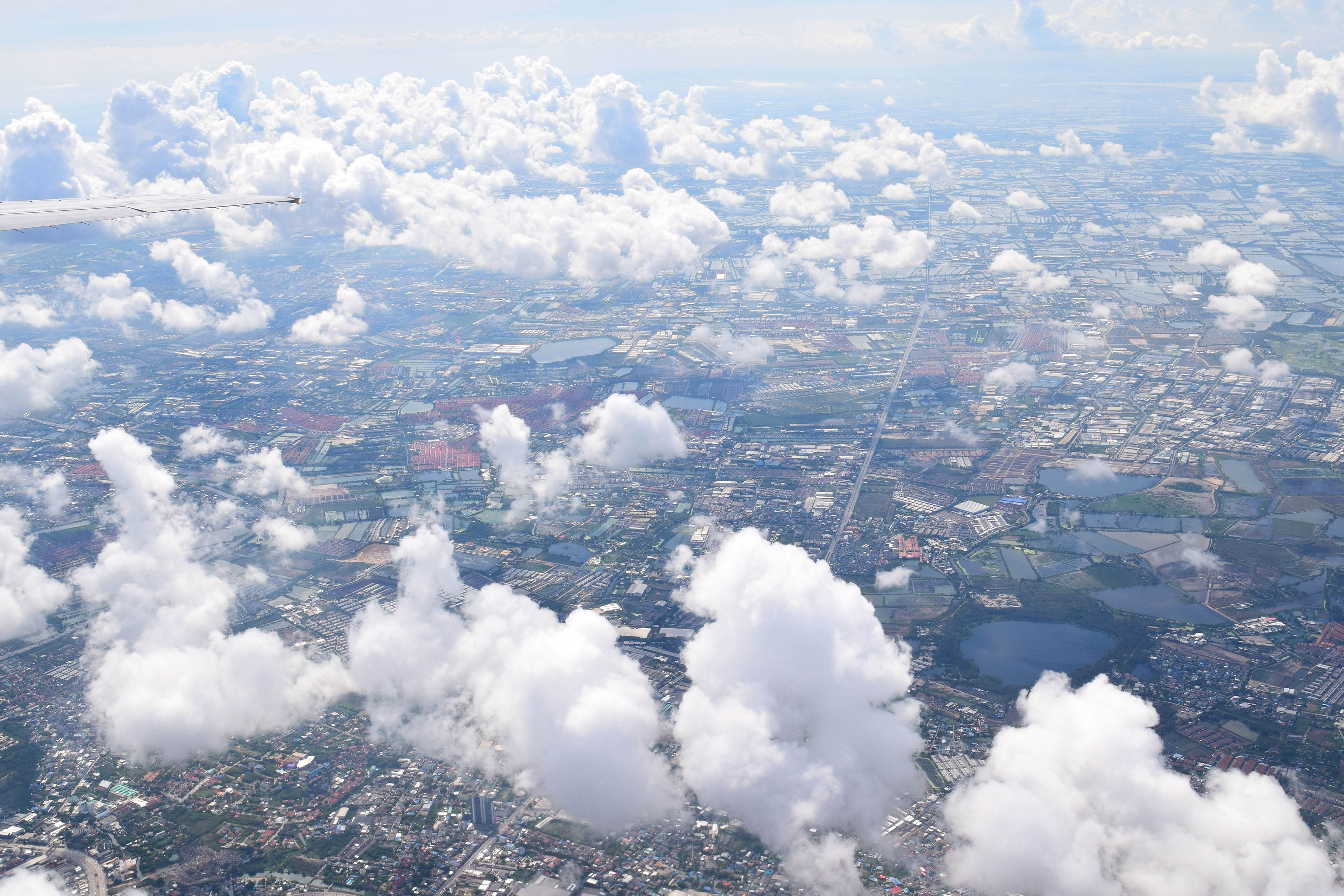The new autonomy environment
Automation has historically been pitched as a replacement for “dull, dirty and dangerous” jobs, and that continues to be the case, whether it be work in underground mines, offshore infrastructure maintenance or, prompted by the pandemic, in medical facilities. Removing humans from harm’s way in sectors as essential and varied as energy, commodities and health care remains a worthy goal.
But self-directed technologies are now going beyond those applications, finding ways to improve efficiency and convenience in everyday spaces and environments, says Kimmel, thanks to innovations in computer vision, artificial intelligence, robotics, materials and data. Warehouse robotics have evolved from glorified trams shuttling materials from A to B into intelligent systems that can range freely across space, identify obstacles, alter routes based on stock levels and handle delicate items. In surgical clinics, robots excel at microsurgical procedures in which the slightest human tremor has negative impacts. Startups in the autonomous vehicle sector are developing applications and services in niches like mapping, data management and sensors. Robo-taxis are already commercially operating in San Francisco and expanding from Los Angeles to Chongqing.³
As autonomous technology steps into more contexts, from public roads to medical clinics, safety and reliability become simultaneously more important to prove and more difficult to assure. Self-driving vehicles and unmanned air systems have already been implicated⁴ in crashes and casualties. “Mixed” environments, featuring both human and autonomous agents, have been identified as posing novel safety challenges.⁵
The expansion of autonomous technology into new domains brings with it an expanding cast of stakeholders, from equipment manufacturers to software start-ups. This “system of systems” environment complicates testing, safety, and validation norms. Longer supply chains, along with more data and connectivity, introduce or accentuate safety and cyber risk.
As the behaviour of autonomous systems becomes more complex, and the number of stakeholders grows, safety models with a common framework and terminology and interoperable testing become necessities. “Traditional systems engineering techniques have been stretched to their limits when it comes to autonomous systems,” says Kimmel. “There is a need to test a far larger set of requirements as autonomous systems are performing more complex tasks and safety-critical functions.” This need is, in turn, driving interest in finding efficiencies to avoid test costs ballooning.
That requires innovations like predictive safety performance measures and preparation for unexpected “black swan” events, Kimmel argues, rather than relying on conventional metrics like mean time between failures. It also requires ways of identifying the most valuable and impactful test cases. The industry needs to increase the sophistication of its testing techniques without making the process unduly complex, costly or inefficient. To achieve this goal, it may need to manage the set of unknowns in the operating mandate of autonomous systems, reducing the testing and safety “state space” from being semi-infinite to a testable set of conditions.





